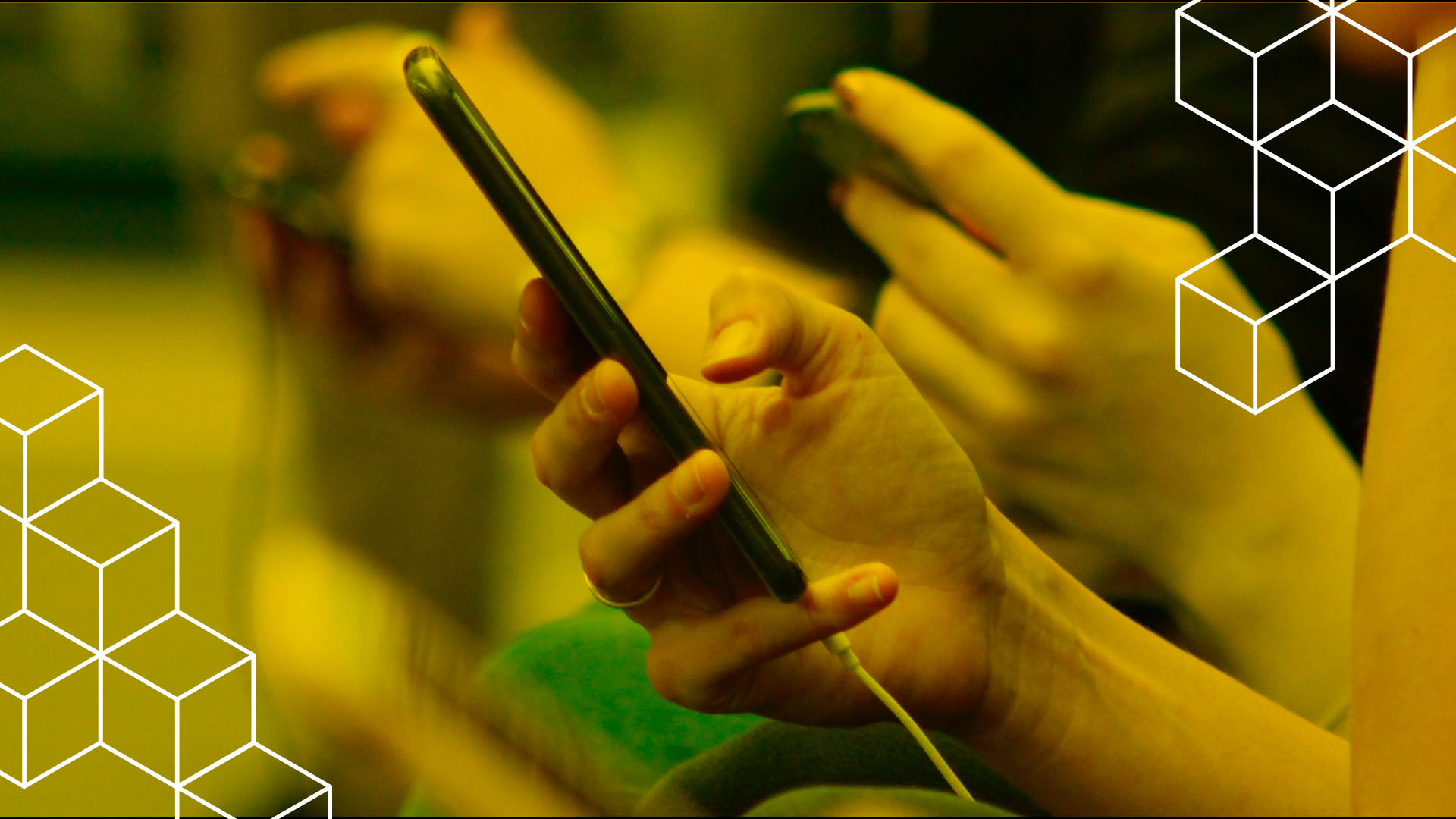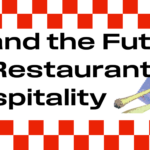Published by
It’s common for projects to want to skip the research phase – maybe the features the business has in mind seem obvious, maybe time and money are particularly scarce. But it’s also common for the research investment to pay off in surprising – and profitable – ways.
Here are 4 real examples from our research department’s experience with Fortune 100 companies:
- Big Banner, Blind Users
- The goal: Wanting users to start using a new self-service feature, a stakeholder came to his team asking them to add a big banner at the top of their email communications. How could people miss it?
- The test: We suggested testing to see what people expected for self-service, and whether the banner information was retained.
- What we learned: For users, the banner was perceived as another ad and their eyes jumped right over it with “banner blindness.” It’s as if they were never there. Knowing this, we tried other solutions around where user’s attention was drawn in the email and found success.
- Busy Stores, Strategic Shoppers
- The goal: At the height of COVID, a retailer had the option of sharing with customers the times when stores were most crowded. But stakeholders weren’t sure if the messaging helped people, and if the space on the website could be better used.
- The test: We launched a test to learn who found story busy-ness valuable and why. Was it people sensitive to Covid or something else? We also asked what tasks they were hoping to do at the times they thought about crowds.
- What we learned: Knowing when a store is busy wasn’t only important to people worried about Covid. It also affected people shopping for appliances who wanted to be at the store during slow times so salespeople would be available to help. As a result, we provided store busyness information alongside Covid safety information, and separately with appliance shopping information and store maps locations.
- Bigger Isn’t Always Better
- The goal: Curbside pickup was having complaints about customers arriving but not checking in to let the store know they were there for their purchase. One project’s stakeholder wanted to give the website’s curbside call to action more visual oomph. Make it bigger or bolder, or both.
- The test: We asked users to experience the website while we watched, so we could learn where we could better educate and empower the “check in” action.
- What we learned: Testing revealed that it wasn’t that customers didn’t see the curbside button, instead, they were unaware their purchase had defaulted to in-store pickup when they expected it to be curbside. A new design brought clarity to the difference, and fewer frustrated customers and employees.
- What Part Don’t You Understand?
- The goal: A retailer had a website that offered discounts when customers bought bundles of related products. But did users understand what a bundle was, and what happens if they returned one thing from the group? Stakeholders asked for a definition of bundle to be added to the site.
- The test: We explored users mental models related to bundles and had them walk through the shopping and return process with us.
- What we learned: Customers were very familiar with bundles and their associated price breaks for group purchasing. The problem was doing the math around returning one item from the bundle and understanding how much of a discount they would lose if they lost the bundle discount. A feature build around this clarity reduced the number of returns by 5 percent, which translated to millions in annual income.




